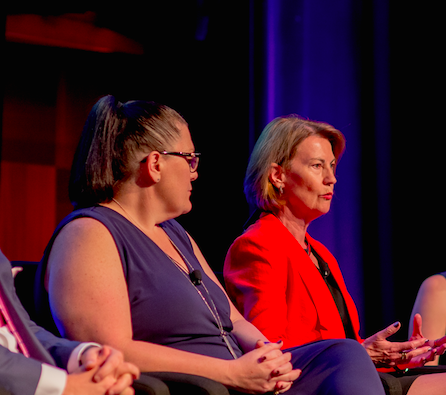Dreamworld complicated crisis when Ardent Leisure CEO ‘appeared to be ducking for cover’: PR boss
The parent company of Dreamworld’s key mistake in handling how the news of its fatal accident played out in media was the failure of its CEO fronting the media straight away, a crisis communications expert has said.

Robyn Sefiani: Dreamworld was an example of how not to manage a crisis
Speaking at last week’s Mumbrella’s CommsCon, Robyn Sefiani, managing director and founder at Sefiani Communications Group, said the fatal Dreamworld accident was an example of how not to manage a crisis.
“There are a number of reasons that I would make that observation. One of the complicating factors around the way the company handled the crisis was they started off with the CEO of Dreamworld fronting the media within an hour or an hour-and-a-half of the incident happening, and then two days later we found out that there was actually a CEO of a parent company Ardent Leisure who appeared to be ducking for cover,” she said.


so many people throwing rocks at something that was ** in hindsight ** handled a little poorly.
these people forget decisions to speak were made in real time. they were keen to address media, sooth employees and family concerns by making a statement. kudos to them for that effort – it was quick, from the heart, and well intentioned.
the Ardent CEO later ducked for cover as she claimed the family had been spoken to (a mistake because thats what she had been told, she should have checked or spoken to the family herself).
its always very easy to point holes in things that didnt go to plan (after the event) when you are handling a crisis in real time
in terms of corporate responsibility, the Dreamworld CEO was entirely the right person to be initially fronting the media. It is a large, autonomous business within Ardent Leisure. The only reason the baying press pack thought this situation was mishandled was because Ardent CEO Deborah Thomas had been a magazine editor, “one of their own”, and was a controversial appointment to the top job in a public company, so seeing how she handled a terrible human tragedy was of personal interest to them and would make ‘good copy’.